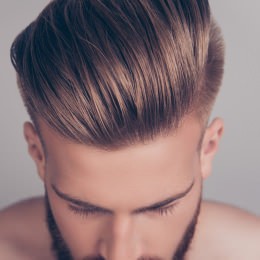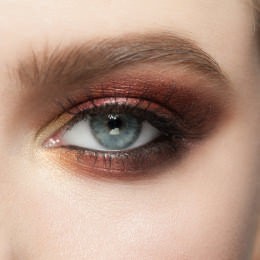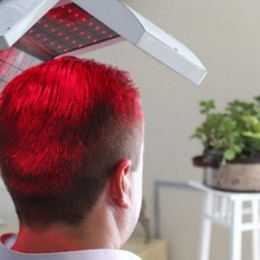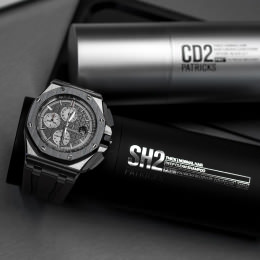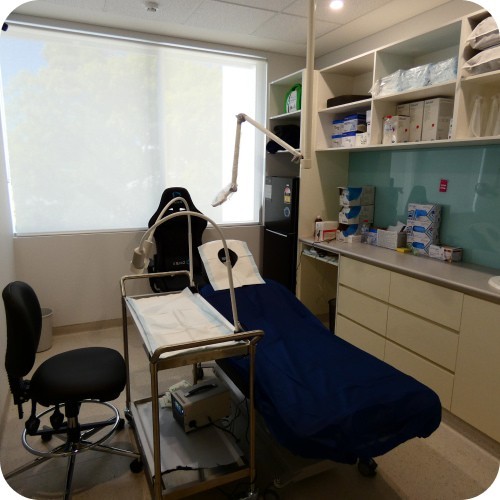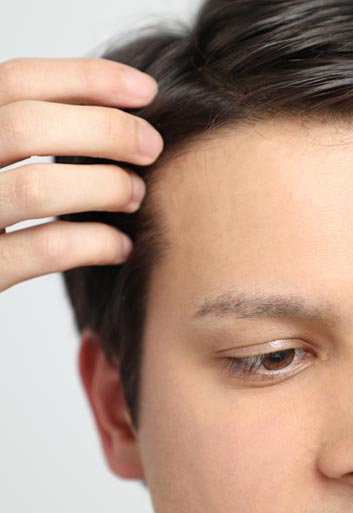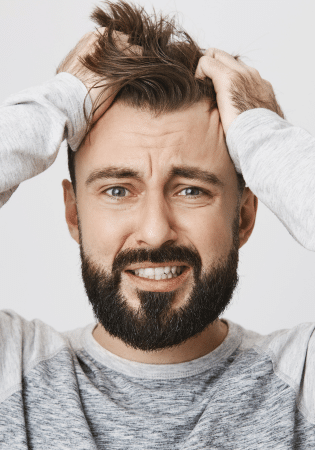Hair loss occurs when the cycle of hair growth is disrupted, resulting in the hair shedding faster than usual, re-growing poorly or not growing back at all. The most common cause of hair loss is hereditary male and female pattern baldness. However, the following conditions can cause hair loss, or alopecia, in men and women:
- Medical conditions, including thyroid problems and anaemia
- Drugs and medication side-effects
- Stress and trauma
- Dietary disorders
- Excessive tension on the hair scalp from wearing certain hairstyles, such as tight braiding (traction alopecia)
- Hair-pulling disorder in which there is an irresistible urge to pull out hair (trichotillomania)
- Immune system attacking hair follicles to cause patchy hair loss (alopecia areata)
- Scarring alopecia or scalp infections, requiring careful dermatological management




